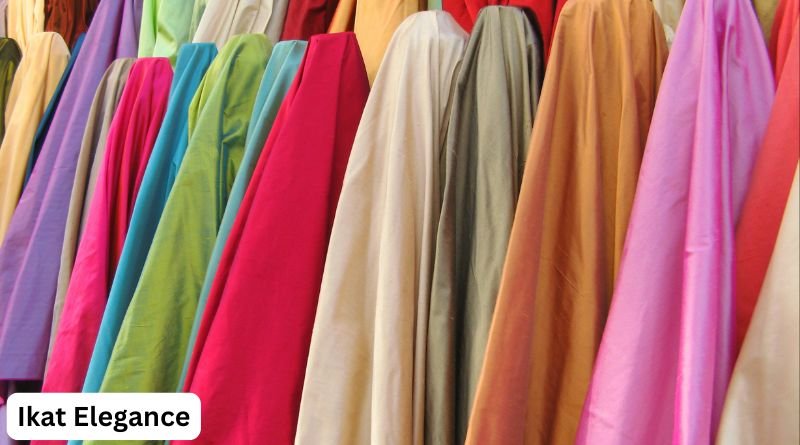Athangudi tiles, originating from the small village of Athangudi in the Chettinad region of Tamil Nadu, India, have long been revered for their exquisite beauty, durability, and cultural significance. These handmade tiles are not only a reflection of traditional Indian craftsmanship but also a testament to the sustainable and eco-friendly practices of ancient artisans. In a world dominated by mass-produced flooring solutions, Athangudi tiles stand out for their uniqueness, with each tile showcasing the hands-on effort of skilled artisans. The process of making these tiles, their vibrant designs, and their historical roots in Chettinad culture make them a significant part of India’s architectural heritage.
The Origins and History of Athangudi Tiles
Athangudi tiles derive their name from the village of Athangudi, located in the heart of the Chettinad region, a place that was once home to wealthy Chettiar merchants. Chettinad is famous for its opulent mansions and intricate architecture, blending Indian, European, and East Asian influences. The Chettiar community, known for their trading acumen, brought back influences from the places they visited, and this is evident in the tiles’ intricate designs.
The production of Athangudi tiles began in the late 19th century when Chettinad’s wealthy merchants sought to emulate the European tiles they encountered during their travels. However, rather than simply importing these foreign materials, local artisans began replicating the designs using indigenous methods, thus creating a distinct local variant. These tiles quickly became a status symbol for the affluent Chettiar community and remain a hallmark of Chettinad architecture today. Their intricate floral and geometric patterns, along with the vibrant colors used, reflect both the aesthetic preferences of the time and the cultural confluence that defined the region.
The Traditional Process of Making Athangudi Tiles
What truly sets Athangudi tiles apart from other types of flooring is their labor-intensive, hand-crafted manufacturing process. Unlike modern factory-produced tiles, Athangudi tiles are made using traditional methods that have been passed down through generations. The process begins with a mixture of cement, sand, and natural pigments. This mixture is carefully poured into a glass mold, with each tile’s design meticulously hand-drawn by the artisans. The molds are then carefully laid out in the sun to dry, allowing the colors to set naturally. Once dried, the tiles are polished to a smooth finish, highlighting their vibrant hues and intricate patterns.
This handmade production process makes each tile unique, with no two tiles being exactly the same. The glass molds used in the process are one of the key elements that give the tiles their signature sheen, which sets them apart from other types of cement tiles. The pigments used to color the tiles are derived from natural sources, ensuring that the tiles retain their vibrant colors for decades without fading. Furthermore, the sun-drying process not only enhances the durability of the tiles but also reduces the carbon footprint of the production process, making Athangudi tiles an eco-friendly choice for flooring.
The Artistic and Cultural Significance of Athangudi Tiles
Athangudi tiles are more than just a functional flooring material; they are also a form of artistic expression. The designs found on these tiles are deeply rooted in Chettinad’s cultural heritage, with many of the patterns inspired by nature, religious motifs, and geometric shapes. The most common designs feature flowers, leaves, birds, and intricate geometric patterns, all rendered in bright, vibrant colors. These designs are often reflective of the flora and fauna found in the Chettinad region, as well as the spiritual beliefs of the people.
The cultural significance of Athangudi tiles extends beyond their visual appeal. In Chettinad, the tiles are considered a symbol of wealth and prosperity, with many Chettiar homes featuring elaborate tilework in their courtyards and interiors. The tiles are also often used in religious buildings, such as temples, where their intricate designs are believed to enhance the spiritual ambiance of the space. The use of these tiles in such important cultural and religious spaces underscores their status as a symbol of craftsmanship, artistry, and heritage.
Durability and Sustainability: Why Athangudi Tiles Are a Green Choice
In an era where sustainability is of increasing importance, Athangudi tiles are a perfect example of how traditional practices can align with modern values. The eco-friendly production process, which relies on natural materials and the power of the sun, results in minimal environmental impact. Unlike ceramic tiles, which require firing in energy-intensive kilns, Athangudi tiles are air-dried, significantly reducing energy consumption during production.
Additionally, the durability of Athangudi tiles further enhances their sustainability credentials. These tiles are known for their longevity, with many examples still in pristine condition after more than a century of use. Their natural pigments do not fade, and the tiles’ surface is resistant to wear and tear, making them ideal for high-traffic areas. Furthermore, because each tile is handmade, damaged tiles can be easily replaced without the need for large-scale production, further reducing waste.
Another aspect of the sustainability of Athangudi tiles is their ability to regulate indoor temperatures. Due to their composition and the method of installation, these tiles remain cool to the touch, even during the hot summer months, reducing the need for air conditioning in homes and buildings. This makes them an excellent choice for tropical climates like that of southern India.
The Revival and Contemporary Appeal of Athangudi Tiles
In recent years, Athangudi tiles have experienced a revival, with architects and homeowners alike recognizing their aesthetic and functional value. While these tiles were once confined to the mansions of Chettinad, they are now being used in modern homes and commercial spaces around the world. This resurgence in popularity can be attributed to a growing appreciation for handcrafted, sustainable products, as well as the desire for unique, artisanal touches in home design.
The versatility of Athangudi tiles also plays a role in their modern appeal. Available in a wide range of colors and patterns, these tiles can be used in a variety of settings, from traditional Indian homes to contemporary, minimalist interiors. They are commonly used in living rooms, courtyards, and even as decorative wall cladding, adding a touch of heritage and craftsmanship to any space. Additionally, the fact that each tile is handmade ensures that no two installations are exactly alike, making every floor or wall a one-of-a-kind creation.
Conclusion: A Timeless Craft Rooted in Tradition
Athangudi tiles are more than just a flooring material; they are a living testament to India’s rich cultural heritage and the enduring appeal of traditional craftsmanship. Their intricate designs, vibrant colors, and eco-friendly production methods make them a unique and sustainable choice for modern homes and buildings. As the world increasingly turns toward mass-produced, machine-made products, Athangudi tiles offer a reminder of the beauty and value of handmade goods.
For those looking to incorporate a touch of history, art, and sustainability into their homes, Athangudi tiles are the perfect choice. Whether used in traditional settings or as a bold statement in contemporary spaces, these tiles continue to captivate and inspire with their timeless beauty. Through their revival, the legacy of Athangudi and the skilled artisans who craft these tiles will continue to be celebrated for generations to come.
Read also: check




